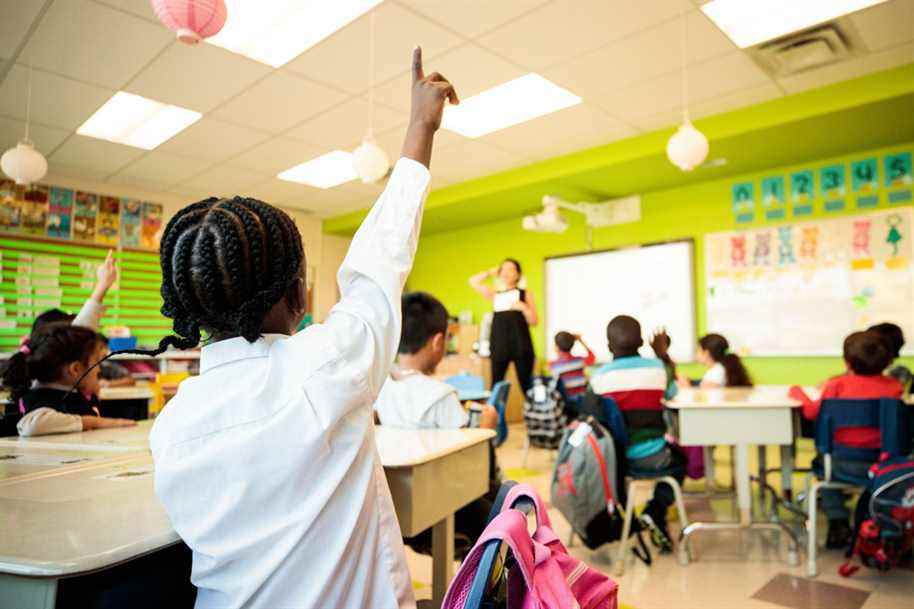Posted at 5:00 a.m.
More new students
In two school service centers on the island of Montreal, it is confirmed that the number of admissions of foreign-born students has increased in recent weeks. While the Montreal School Services Center (CSSDM) registered approximately 30 new students per week last January, it had 65 new registrations in the first week of April.
Since the beginning of the year, 543 allophone children have joined CSSDM classes, “the equivalent of a large primary school”, illustrates Alain Perron, spokesperson for the service center.
At the Center de services scolaire de la Pointe-de-l’Île (CSSPI), in Montreal’s east end, the assistant director general, Martin Duquette, explains that requests for new students born outside the country are increasing ” at breakneck speed.” They are about 40 per week to integrate the schools of the CSSPI. Three-quarters of these students have passed through Roxham Road and come mainly from Haiti, Mexico, Chile, Brazil and Guatemala.
Young Syrians present
Among Quebec students born outside the country, the number of students from Syria has experienced the strongest growth in Quebec schools for a decade. The Ministry of Education notes that there were 497 students during the 2010-2011 school year, while this year nearly 4,200 young people from Syria attended schools in the province, an increase of 741%*.
The number of students from Cameroon has increased by more than 500%; today there are more than 4,700 in school, while those born in Côte d’Ivoire this year number more than 3,700, an increase of more than 400% compared to 2020-2021.
“Next come students from Tunisia, Iran, India and Brazil, whose numbers have all grown by more than 200% between the 2010-2011 and 2020-2021 school years,” writes Bryan St. -Louis, spokesman for the Ministry of Education.
Born at the turn of the 1970s: the reception class
The portrait of foreign-born students changes over the years, but one thing remains: some of these children arrive in Quebec without speaking a word of French, and they have to be taught the language to go to school.
Reception classes first appeared in Montreal in 1969, but the adoption of Bill 101 in 1977, which enshrined the obligation to attend school in French, caused the number of these classes to increase.
The most used model in Montreal
At the Montreal school service centre, the largest in Quebec, there are currently 40 reception classes in preschool, 109 classes in elementary school and 58 classes in secondary school.

PHOTO MARTIN TREMBLAY, THE PRESS
Roberta de Oliveira Soares, doctoral student in foundations of education at the University of Montreal
“Welcome classes are the most widely used model in Montreal. Students are assessed in language and mathematics [à leur arrivée]. After a school year, we check whether the student is ready to go out or not,” says Roberta de Oliveira Soares, a doctoral student in the foundations of education at the Université de Montréal, who has chosen to study reception classes.
How long do pupils stay in the reception class on average before returning to a regular class? At the CSSDM, we are told that they do not produce a statistical analysis on the subject because “each course is unique”.
Other regions, other practices
There is not just one class model for welcoming pupils from an immigrant background. In some school service centres, students arriving from another country are integrated into a regular class, where they have support to learn French.
All models have their limits, observes Roberta de Oliveira Soares. “Here in Montreal, I think the decision was made because it’s practical: there are a lot of students, it’s more practical to put them all together,” says the researcher.
* All data for 2021-2022 is provisional, specifies the Ministry of Education.
With the collaboration of Louise Leduc, The Press

